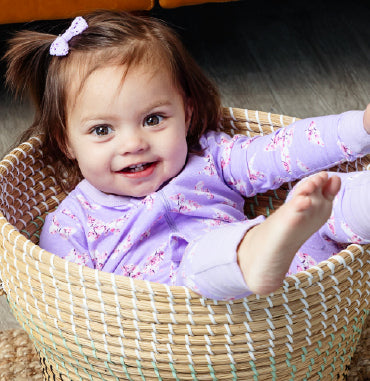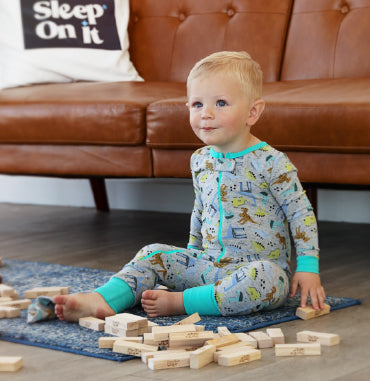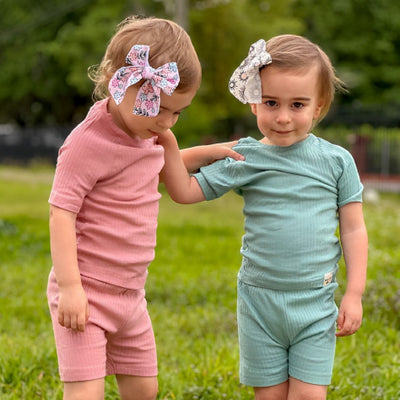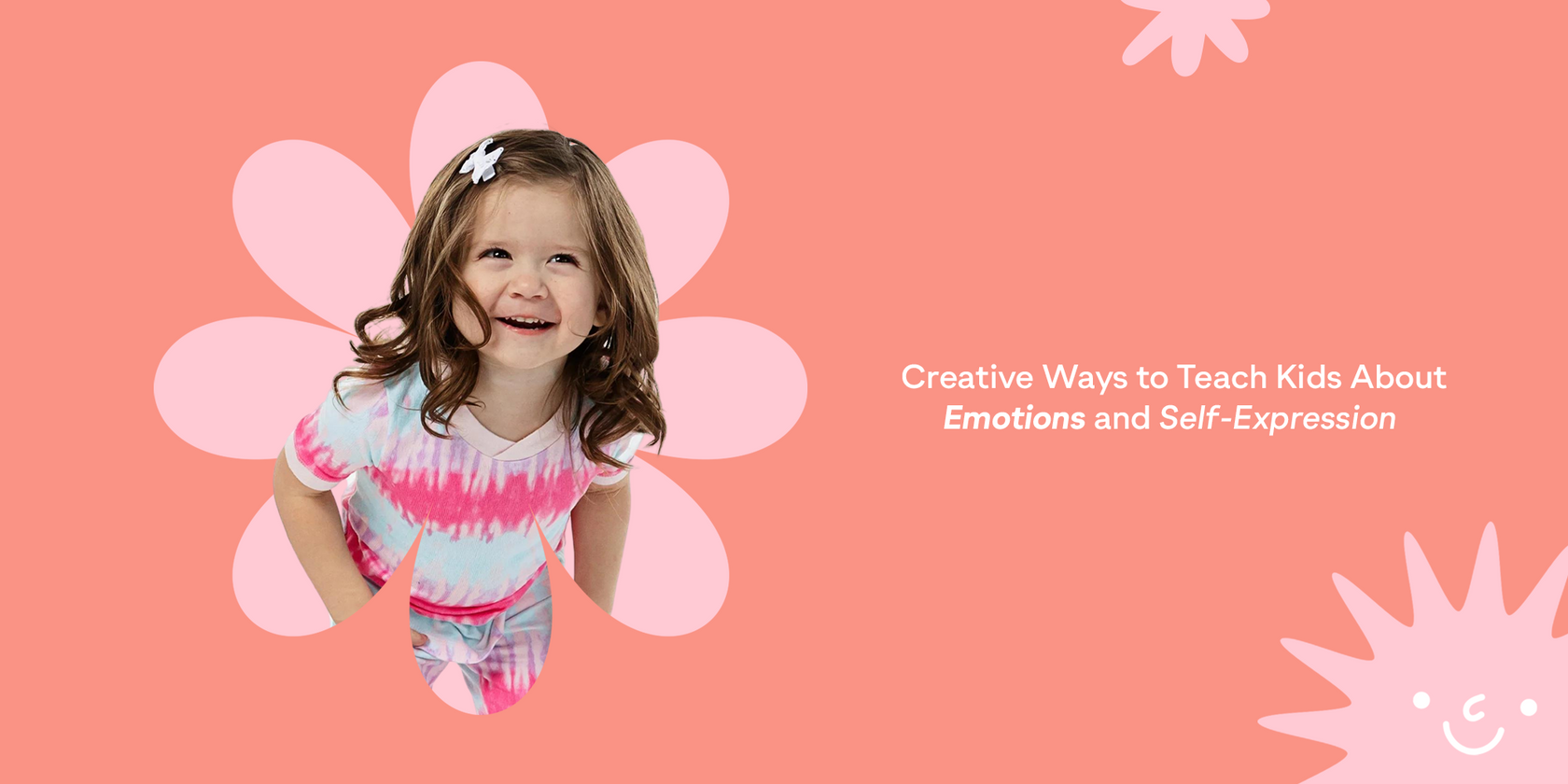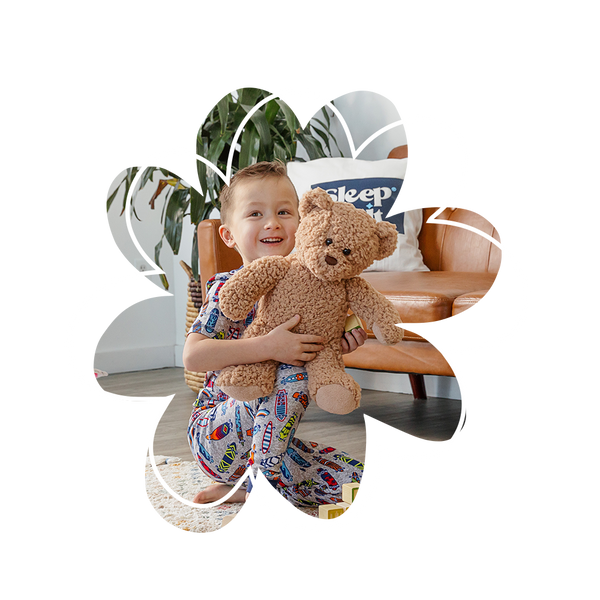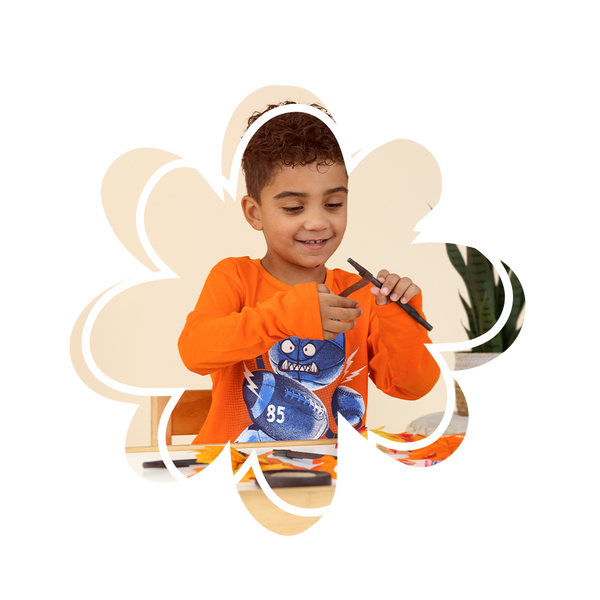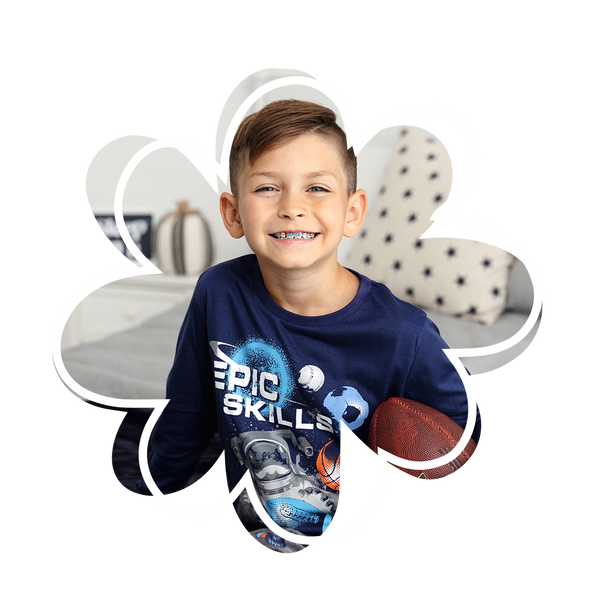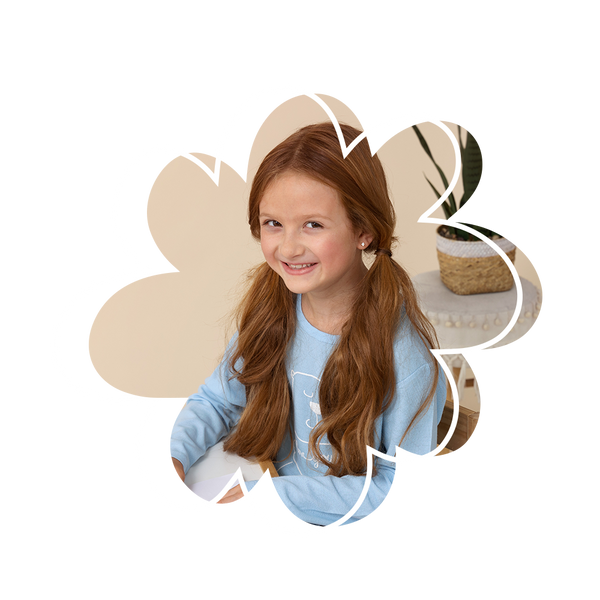Learning the art of communication can be challenging for children. Compared to adults, children lack the knowledge of the right ways of expressing their feelings and thoughts, because of which they don't know how to behave and react to certain situations; it is one of the main causes of many children becoming either too shy or overly aggressive at times. For this reason, it becomes even more crucial to teach kids how to communicate effectively so they won't have to suppress their emotions and can express them intelligibly.
Allowing kids to express themselves communicates to them that their voices matter and helps them develop a sense of self-worth. You'll witness how much their personalities grow when you give the children a loving, nurturing atmosphere that encourages improved creativity and communication. Assist them in finding the perfect balance between being an introvert and being outwardly expressive. Additionally, there are some things you can do to support your kids in expressing themselves to the right extent.
Provide opportunities to speak-out
Giving kids as many opportunities as possible can help them gain confidence to stand up for what they believe in and be honest. It supports them in taking initiative, which in turn allows them to express who they are comfortably. Simple activities that foster a supportive learning environment can enable kids to express themselves. If your child is very shy, you can encourage them to interact with classmates in smaller groups, encouraging them to feel more comfortable expressing themselves. Something else you can do to encourage your child is to narrate their favorite stories during family get-togethers, which is another way to help them progressively develop their speaking skills.
Encourage unstructured play
Playful activities are the most effective way for children to strengthen their communication abilities. Children who are exposed to a variety of unstructured play, whether it is with toys or activities that encourage them to communicate, develop into expressive communicators. Kids need to be encouraged to explore their interests and choose the play activities they want to participate in. This allows them to study and identify the specialty that most interests them. Additionally, allowing children to make judgments or express their emotions will enhance their confidence and make them more expressive.
Cultivate creativity
Creativity is the art of expression. It promotes children's mental development and allows them to express and control their emotions constructively. Less expressive children might engage in activities such as sketching, painting, or dancing, which help them to communicate their hidden feelings. Additionally, creative play, such as role-playing and make-believe play activities, may ignite their interest in speaking up and communicating with peers and adults. Overall, you must encourage your children's artistic side to enable them to express themselves creatively. As a result, kids will mature into self-confident and creative individuals capable of personalizing their views and ideas.
Talk about feelings
Teaching children to communicate their feelings begins with the way you express yourself. Be a good role model for your child so that they learn to express themselves responsibly. Help them identify and label their emotions, but never suppress them. Avoid phrases like 'Stop moaning,' 'Don't lose your temper,' or anything else that makes kids hide their true sentiments. This will reduce their self-esteem and cause them to express their emotions less openly.
Some activities you can do with your kids:
Feelings ID
This activity is a great starting point for teaching young children about emotions. Here’s what to do:
- Generate a list of feelings: Begin with simple emotions, such as happy and sad, and explain that these are feelings. Give a second example demonstrating a more complicated emotion, such as enthusiasm or surprise. Ask children to think of more feelings, add them to the list, and show the list to the children on chart paper.
- Identify feelings as good or not so good. Return to the beginning of your feelings list and ask the kids to give you a thumbs up for feelings that make them feel good and a thumbs down for feelings that make them feel bad.
- Conduct a follow-up discussion. Ask children whether they have ever had feelings that made it difficult to figure out whether they felt nice or bad on the inside. Ask them to explain the situation with an example.
How Would You Feel If…
Think about some frequent events that may evoke different emotions.
Some examples:
"Your grandma picked you up after school and took you get to ice cream."
"Your classmate spilled paint on your drawing."
"Your mum yelled at you."
"Your brother wouldn't let you have a turn on the swings."
Place the scenarios in a hat and pass it around between you and your children while playing music. When the music stops, whoever holds the hat should choose a scenario (you can help the child to read it if they can't). Then, have the child describe how they would feel if the situation happened to them.
Conclusion
In conclusion, now we know how important it is for kids to have a space and proper guidance to express themselves, and without appropriate direction, they may fail to express themselves properly, resulting in behaviors such as shyness or aggression. So, as parents, you need to provide a supportive environment that stimulates creativity and communication and offers children the tools they need to become self-confident adults. All the activities you conduct help them on their path to self-expression. So, let's get the conversation rolling, express those feelings, and celebrate each unique voice! Together, we're unlocking the door to a world where every kid shines bright and reaches for the stars!
